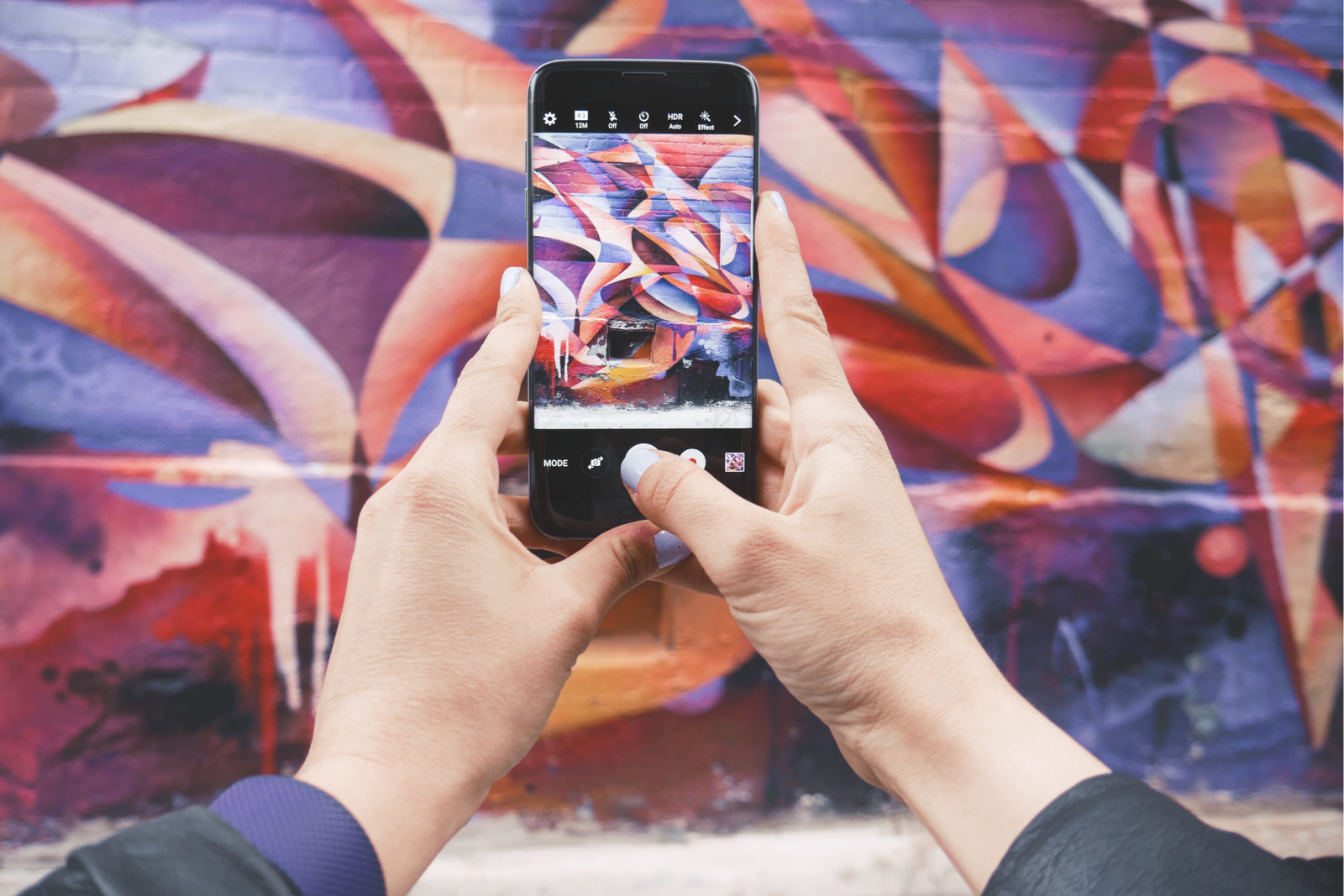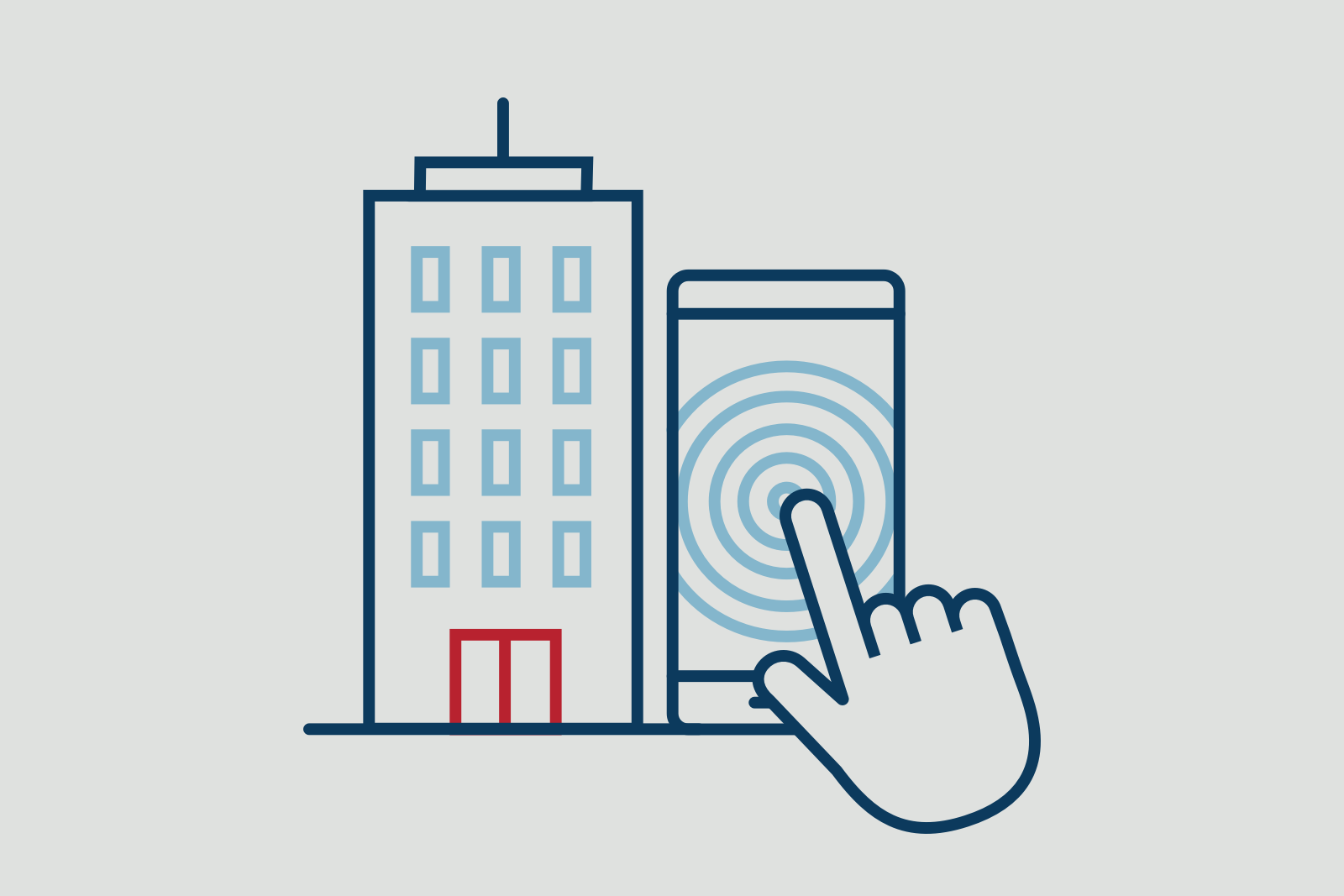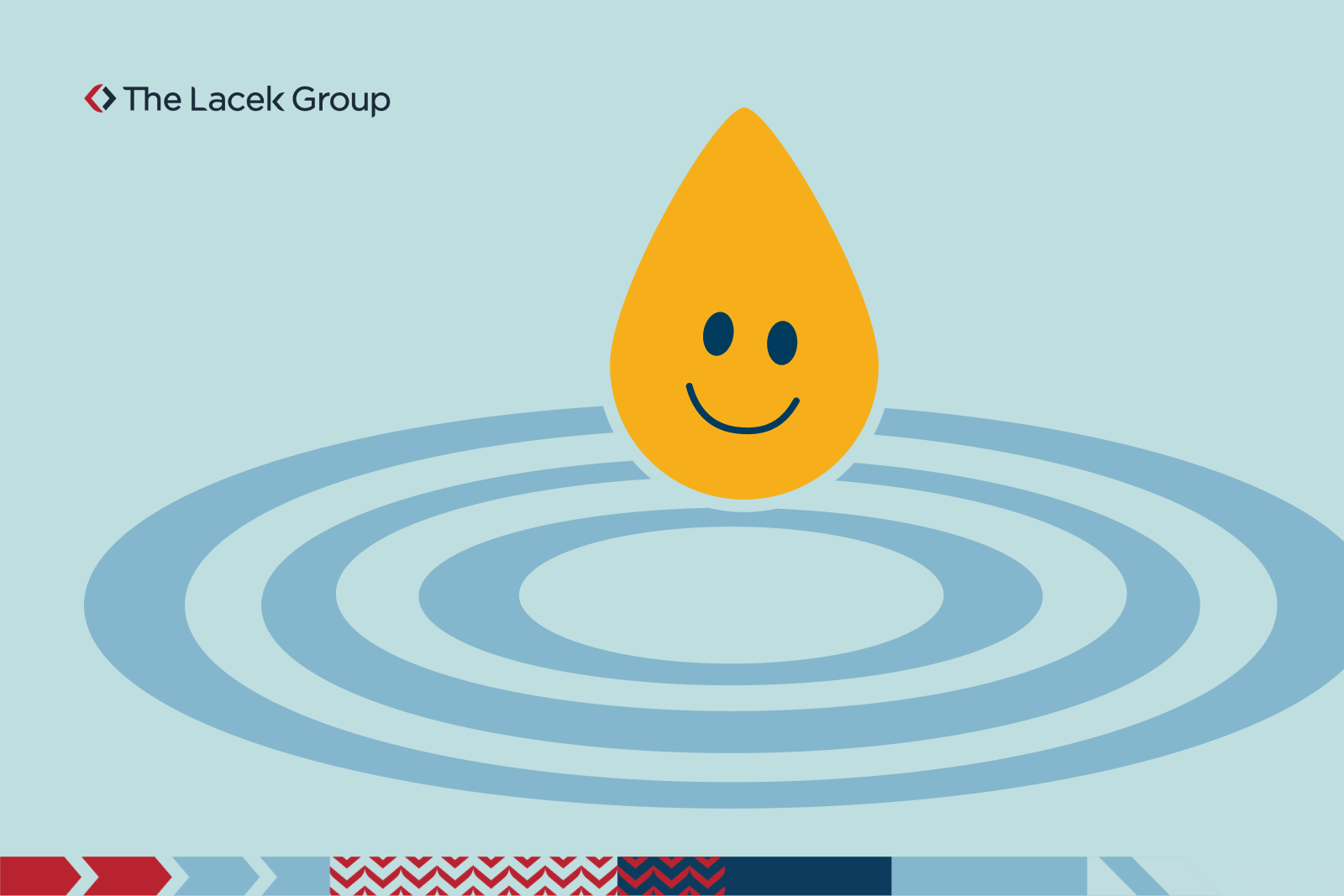Experiential Marketing: Leaning into Services and Emotional Connections

Experiential marketing aims to reach customers through branded sensory experiences that create a memorable impact. The strategies of experiential marketing take products out of the two dimensions of print ads and simple social media posts and into live interactions that create lasting positive impressions.
It isn’t a new idea, but it’s evolving—and smart marketers have new opportunities to connect consumers to their brands using post-digital, value-focused experiential marketing strategies.
Defining experiential marketing
Experiential marketing can take various forms. Three main types include:
-
Events—e.g., pop-up restaurants and shops, exclusive VIP events, and an interactive brand presence at festivals and other live events
-
Retail interactions—e.g., interactive displays and experience centers
-
Mobile and digital exchanges—e.g., QR code prompts, location-based marketing, and gamification opportunities
As a vital element of today’s most successful brand landscapes, marketing based on experiences often straddles multiple consumer touchpoints.
According to one report, a strong majority (73%) of consumers ghost a brand after just three or fewer negative customer experiences, making brand consistency across channels key. If messaging or experiences conflict, consumers have yet another reason to drop a brand.
In contrast, almost the same number (70%) become regular customers after an experiential marketing event. Most experiential event attendees (80%) report that live demonstrations and free samples have a significant impact on their purchasing decisions.
These statistics illustrate how positive brand experiences pave the way to increased brand awareness, purchase intent, and loyalty.
Content and insights are helpful byproducts
Additional benefits include content creation and consumer feedback. Experiences offer an engaging way for brands to fuel consumer-generated content (CGC) that can then be leveraged in multiple channels—both during and after the event itself. Events also provide a brand the chance to benefit from valuable word-of-mouth marketing possibilities.
Plus, experiential events offer unique opportunities to gather real-time consumer insights for future improvement of products and offerings.
Keeping brands anchored to community
Brands that emphasize community, localization, and customer experience through physical services and digital offerings reinforce the positive benefits of experiential marketing.
Here are four great examples of how these benefits play out in retail experiential marketing:
Apple
Tech giant Apple decided to emphasize community by changing the design of their retail spaces, which Apple no longer wants to call “stores.” That change signals the brand’s desire to lean into experiences.
“We are reinventing the role our stores and employees play in the community,” says Angela Ahrendts, Apple’s SVP of retail. “We want to be more like a town square, where the best of Apple comes together and everyone is welcome.”
Customers sign up for appointments, and they’re greeted by roaming sales and tech assistants rather than expected to queue up at a central sales counter. The aesthetics are spare and polished—uncluttered by products but offering enough for demonstration.
Apple also transitioned its theater format to a forum design for events; so instead of rows of seats facing a screen, an open forum space hosts Today at Apple events (e.g., coding classes for kids) and Teacher Tuesdays, which help educators incorporate technology into classrooms.
Lululemon
Athletic apparel brand Lululemon is designing its new stores with community in mind. Spaces focus more on the customer experience and less on sales.
Its NYC flagship store, for example, features new areas: The Concierge and Hub Seventeen. At the Concierge, customers can learn from dedicated staff about nearby fitness classes, get insider tips, discover local opportunities, and find out about services like coat check and delivery of in-store purchases. Supporting community studios in the neighborhood is one of Lululemon’s main differentiators for creating the best customer experience.
Hub Seventeen, meanwhile, is a dedicated community area with a studio for fitness workshops; it also can be rented out for teams and events. Plus, it hosts a monthly dinner series, The Gathering (with local chefs and restaurants), and other events with local artists, musicians, and film screenings.
This NYC pilot site will help the brand determine whether to roll out its new experience-focused strategies—where guests can “escape, sweat, stretch, entertain, and connect”—to other Lululemon stores.
Nike Live
Top sporting goods brand Nike is rethinking its retail stores as well, focusing on localization, community, and digitally-enabled service offerings that give customers a premium experience.
Each Nike Live store’s design and inventory will be tailored to local customers’ interests. For example, a Nike Live location in Long Beach, California, announces its visual approach with an exterior mural painted by a local artist, and a Nike Live in Eugene, Oregon, offers an array of University of Oregon apparel. The brand envisions that the main welcome area of each Nike Live location could serve as a gathering place for local running clubs and groups that focus on keeping kids active, thus weaving the brand into the fabric of the community.
To leverage digital capabilities, services are tied to Nike’s app. App-based features include the Unlock Box, a vending machine that lets members redeem free products and gifts. In addition, customers can use the app to text store associates with questions about product availability, recommendations, and current offerings.
The pandemic accelerated the brand’s digital focus. As it shutters wholesale accounts, Nike is shifting its resources toward standalone retail spaces with digitally enabled features that offer consumers a premium shopping experience. In 2020, the company announced plans for 200 small-format stores like Nike Live.
Nordstrom
Fashion retailer Nordstrom is committed to making services more convenient and accessible to customers. In pursuit of that goal, the company has put together pop-up shops and center-stage partnerships that emphasize the retailer as a “place of discovery.”
The company aims to build authenticity in areas it has identified as growth spaces. One strategy it’s embracing is Nordstrom Local, a series of brick-and-mortar locations that contain no inventory. Instead, Nordstrom Local centers on services—e.g., nail salons, bars, tailoring, and online order pickup (with available fitting rooms). Service offerings accommodate the needs of each location. The first Nordstrom Local opened in Los Angeles in 2018.
Another strategy involves in-store partnership displays, such as mini Tonal shops within 40 traditional Nordstrom locations. The mini shops showcase Tonal’s wall-mounted fitness stations and other products. Given the current interest in home fitness, driven in large part by the COVID-19 pandemic, the Tonal partnership gives consumers another reason to visit Nordstrom locations.
Experiential marketing isn’t without challenges
Let’s be clear: Experiential marketing isn’t easy or simple. For example, only 6% of marketers report feeling “extremely confident” in their ability to measure the return on investment of offline marketing initiatives. Pain points—e.g., insufficient or inaccurate leads and data, lackluster consumer experience, poor efficiency, and high cost—create experiential marketing challenges.
But the potential is bright
Many retailers are moving away from shoppable interfaces to almost pure experiences, or a hybrid of both. “As purchases come to depend less on in-person transactions,” writes one observer, “brands are pivoting toward driving sales through aspirational experiences where the store becomes a more flexible backdrop for performing identity.”
Moving forward, 66.5% of event organizers say hybrid events will be their format of choice, because they offer the possibility to reach a wider audience. According to some research, 86% of people are interested in attending a blended experience.
The bottom line is that it’s vital to establish links between digital and physical stores—particularly by focusing on community and value—to create positive experiences that keep customers engaged. That’s how brands will be able to deliver personalized experiences to wider audiences.
Experiential marketing initiatives will need to continue leveraging new technology and high-level data analysis—both with the goal of attracting valuable, loyal customers and building a brand community with a service- and community-focused omnichannel approach. And The Lacek Group—experts in loyalty, data, and how they align—can help.
The Lacek Group is a Minneapolis-based, data-driven customer engagement and loyalty agency that has been delivering personalization for its world-class clients for more than 30 years. The Lacek Group is an Ogilvy company.
Image credit: Patrick Tomasso

